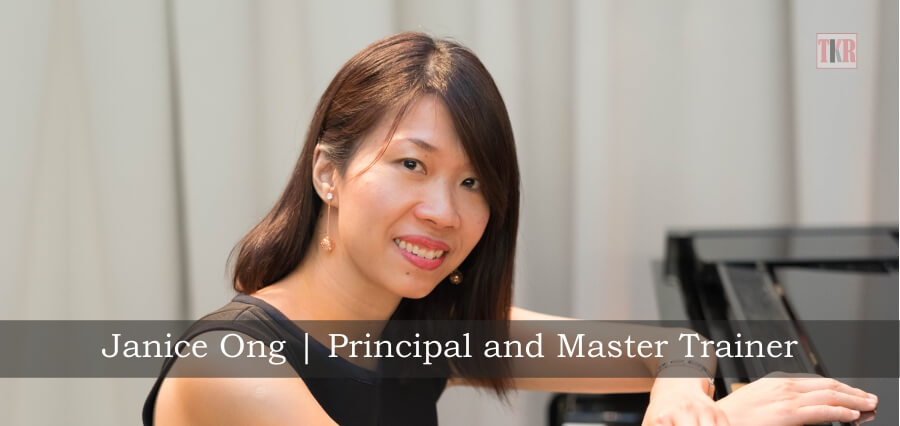“Is classical music a form of dying art?”
“Why should I let my child learn something which is passé?”
This has been one of the most commonly shared perspectives I have faced throughout my years of experience while coaching piano students. We have seen many parents and even musicians alike, drawing an inclination towards learning only modern day music genres, such as pop music, jazz, and the likes. After all, we are now living in an age of rapid progression, and purely outcome driven.
To compound this effect, thanks to the influence of rapid digitalization, creating music seems to be getting easier by the day. We now see an explosion of music apps – Auto tuning, AI intelligence, pre-set music and the likes, have all allowed the non-musically trained individuals to easily create simple tunes or even harmonize their creation with AI technology. Just take a look at the Google doodle, which was recently featured on 21st March, in celebration of Bach’s birthday. Upon entering two random bars of notes onto the doodle, it was able to automatically harmonise the tune into a Bach inspired piece, back in the 18th century; and it does this fully automated, through machine learning, without any human interventions. It is of no wonder that many feel that the need to learn and appreciate that classical music is in many ways irrelevant to their lives now.
However, if you would just take a step back, have you ever wondered how these modern artists have been able to seemingly generate an endless stream of inspiration from? The answer lies in classical music; many popular artists in today’s music industry have a close relationship to classical music; Most have grown up with classical music influence, learning and playing some sort of classical instrument such as the piano or violin, and have proficiency in reading classical music.
If we draw references of music from popular artists such as Jay Chou, Ed Sheeran, Coldplay, U2, etc., it is apparent that they have used or adapted classical music patterns, such as repetition of major, minor chords and triads to create the base of the song. One prominent example is the song – ‘Shape of you’ by Ed Sheeran. In a recent interview by The New York Times, Ed Sheeran, along with other co-composers, Johnny McDaid and Steve Mac shared how they managed to compose the most-streamed song on Spotify with over 2 billion streams in 2017.
Composed using simple harmony and melodic lines, the song comprised of 4 main chords in the key of C# minor. And through the clever use of syncopated rhythm, a technique prominent in the modern classical style, they successfully gave the song the R&B feel in today’s context. Just like how Mozart first found 4 chord melodies to be simple yet beautiful, especially in comparison to the prevalence of baroque pieces available during his time. It was also this belief in his music writing that led him to become one of the well-loved composers of all time.
Other examples include popular Youtubers like The Piano Guys and 2Cellos, who have risen to fame through improvisation, deconstructing popular classical tunes and performing them daringly by experimentation on classical instruments.
Standing true to the test of time, classical music has transformed itself to become a building block, setting the framework for musicians of all types today. Whether you are interested in rock, pop or even rap, the musical influence from classical composers, such as Bach, Mozart and Beethoven, becomes clear the more you study about music’s history.
Above all, the largest benefit of learning classical music is the acquisition of performance and technical skills. In order to master the performance of a piece of classical music, one would need to understand the concept of shaping the music, phrasing, producing the essential tone according to the musical period that the piece was composed in. With this kind of abilities, students would be able to succinctly apply this wealth of knowledge to their pop creations, and increase overall musicality.
Below are some examples to show the respective classical technique and how it is being applied to music in today’s context:
| Skills and Technique Acquired | Applications |
| Part writing in baroque period | Writing of various hymns and church music. |
| Learning syncopated (i.e. displacing of beats and accents) rhythms | For creating and performing tunes with jazz influence or even rap music. |
| Arm weight and expressive touch | For bringing out singing melodies which is common in most romantic tunes. |
| Learning accompaniment bass notes and patterns like broken chords, Alberti bass | Improvisation of pop tunes. |
Learning any art form and mastering skill sets usually takes a tenacious amount of perseverance and patience. This is especially true for classical genre of music, which may seem extremely boring, or as many would say, gloomy, with frequent rollercoaster emotional references, and even war-time chaotic influences. But beyond all that, it is undeniable that classical music has roots deeply intertwined with mankind’s history, with variance of experiences and inspirations that gave life to modern music. Just imagine the possibility when you subsequently conquer it. It will give you a great confidence boost and wings to express your creativity on a solid foundation!
About the Author
Janice Ong, Principal and Master Trainer, Dip. ABRSM, Piano Teaching (ABRSM, U.K.), Grade 8, Theory (ABRSM, U.K.), BSc. NUS (Hons.)
Having gone through a rough start on her own music learning journey, Janice understands the challenges and appreciates the importance of having a strong foundation. Coupled with her immense passion for developing individuals, Presto Studios was born with the vision of providing aspiring learners and young children, a wholesome piano education, and to inspire lifelong learning.
With over 20 years of teaching experience, many students under her tutelage have all achieved stellar results. From beginners to diploma students, many had successfully turned around their backsliding interest to scoring high distinctions in their ABRSM exams, giving students the boost of confidence needed to push them on in their learning journey. Committed to bringing out the best in every student, Janice incessantly puts her heart and soul into every lesson. According to her, ‘The best teachers, teach with their heart and not by the book.’









